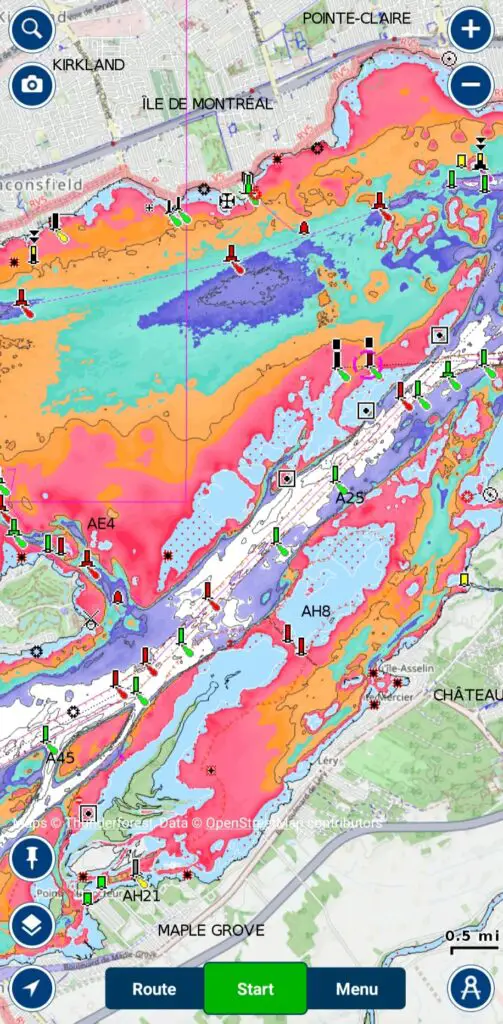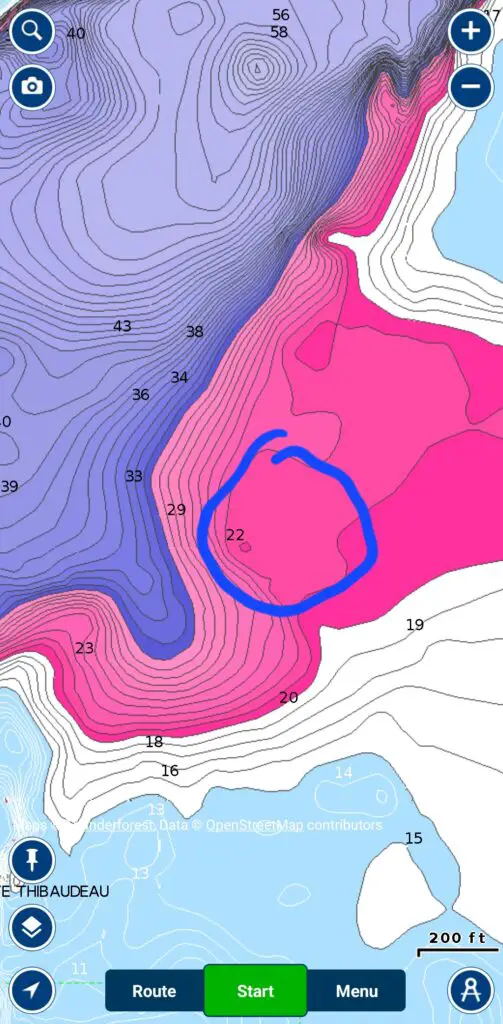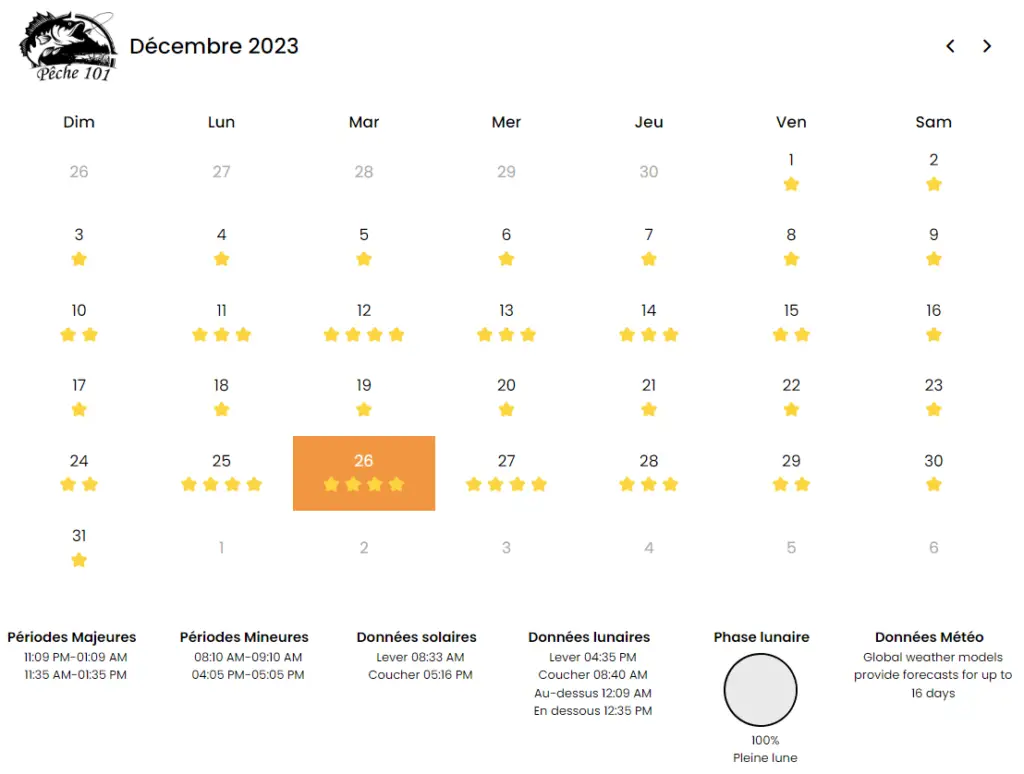If you're looking to fish for walleye this winter, you've come to the right place! In this article, we'll reveal 7 must-have tips for catching more walleye under the ice.
From the use of fishing cards to ice mobility and advice on lure selection, we'll cover the basics and beyond.
We'll also take a look at technological tools like Navionics and Hummingbird that can transform the way you fish.
So get ready to improve your skills and make your winter fishing trips a resounding success.

Article content
1. Basic principle
When fishing, it's important to understand the peculiarities of the fish in your area.
WalleyesFor example, a lake may behave differently from one to another. Before choosing a new fishing spot, ideally you should have an accurate map of the area.
An application like Navionics is a good start, but if you have access to an echo sounder with built-in mapping, it's even better.
2. Find the right place
When looking for a new place to ice fish, try to spot areas where walleyes might congregate.
For example, look for areas between 20 and 30 feet deep.
Also make sure the surrounding areas are deeper, as this can be attractive to the walleyes that congregate there.
An application like Navionic allows you to select certain depths and thus clearly see the best spots for walleye.
Here's an example:

3. Stay mobile
It's important to stay mobile and not settle comfortably in one place.
If you don't catch any walleye after 45 minutes to an hour, it's best to move on and try another area.
4. Fishing with more than one lure
Use different LURE TYPES to attract walleyes.
Start with a noisy lure, such as a rattle bait or a jigging spoonr, to attract fish to your location.
Then use another lure with a more discreet presentation, such as a jig with a worm or lead, so that walleyes are more inclined to bite it.
5. Best fishing times
Walleyes are often most active at sunrise or sunset.
So be sure to take advantage of these periods to maximize your chances of success.
A sun calendar with major and minor times will help you see things more clearly.
Here's one from Fishing 101:

Finally, remember that every lake is different, and the advice given here may not apply exactly to your situation.
Good mapping is important for finding new pike fishing spots. Navionics and Hummingbird are two interesting tools for this.
Navionics is an application for your phone that costs about 80$ per year for maps of all the United States and Canada. You can get maps to help you locate fishing areas.
Another possibility is to use a probe, such as the Hummingbird ICE Helix 9 combo. This device is expensive, but it offers everything you'll need in a single kit.
- MEGA 360 Imaging Eliminate uncertainties and find structures and fish quickly without having to drill so many holes, follow schools of fish as they move, and know which direction they're heading.
- Dual Spectrum CHIRP Sonar : See high-resolution returns of individual fish, baits and structures both on the sounder screen and on traditional 2D sonar views at greater depths and ranges, with target separation up to 3/4″.
- CHIRP interference rejection Six settings prevent competing sonar signals from blurring your screen, providing a clear view in both sonar and flasher modes.
- Adjustable Sonar Zoom Focus on fish, whether stuck to the bottom or suspended high in the water column. Use 2X zoom on the fishfinder screen, or up to 16X zoom on the 2D sonar view.
- Integrated Internal Precision GPS : Locate your position precisely by marking waypoints in your most productive areas and navigate to your spot and back with GPS tracks.
No products found.
Anglers can also rely on a paper map, but it's advisable to have at least one depth finder. This information is essential to determine where to fish, especially if you've never fished the water before.
7. Mark Potential Sites on the Map
Be sure to avoid areas that are too steep, as they are more difficult to probe and walleyes are less likely to be found there. Instead, look for flat areas or those offering gradual changes in depth, and make sure there's deep water nearby.
Once you've identified a few potential areas, it's time to get out there and start fishing. Be prepared to spend time exploring each area and adjusting your fishing technique if necessary.

